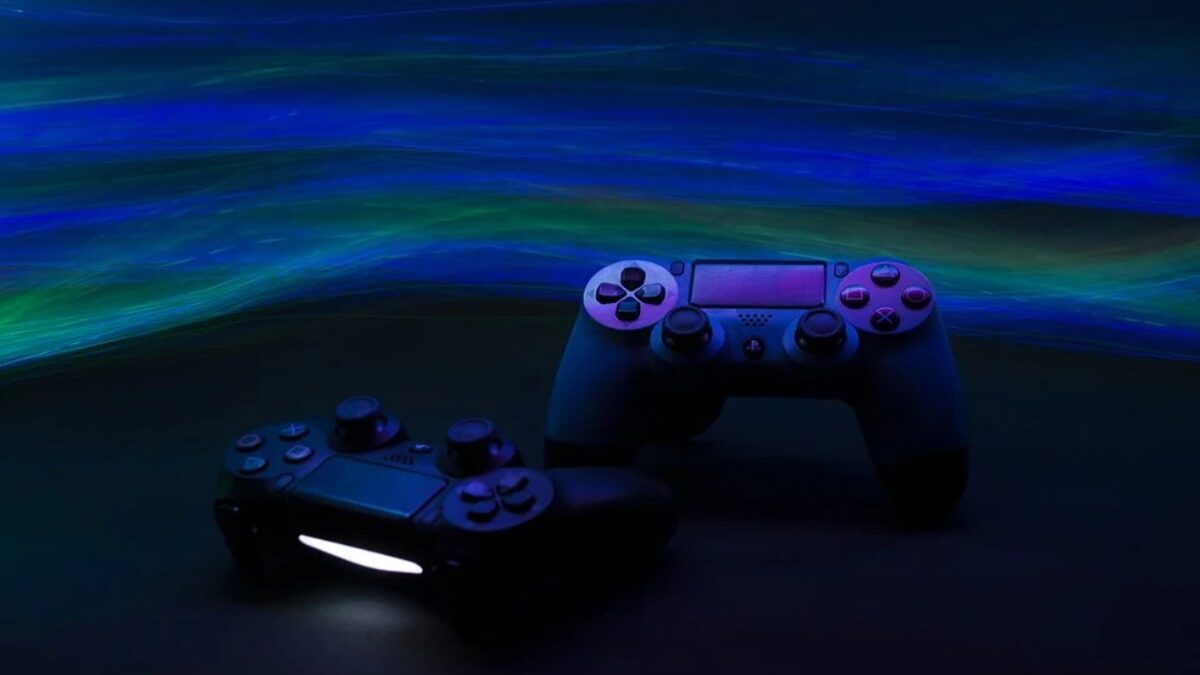The world of game development is exciting and, potentially, very rewarding – there are more opportunities than ever before to develop a game independently, meaning that the world is your oyster!
But for as many game developers and game development services, and , as there are out there, you might still not know exactly what the process entails. But in this article, we’ll break down every part of the game development process.
Table of Contents
ToggleThe Game Design Process vs. Game Development Process
The first thing to know about indie game development is what it is, broadly speaking. Game development is often differentiated from what’s called game design.
If you unpack those words, you’ll arrive at the basic difference between the two-game design dealing with a game’s abstract elements, such as mechanics, concept, and story outline.
On the other hand, game development is the process of actually producing the game-writing the story, programming it, testing for bugs, and the like.
In the case of many triple-A games, the game development team and the game design team often have fluid roles, with team members cross-pollinating in both. This might also be the case for an indie team with very few members, but the teams are often separate.
Steps in Indie Game Development
After you pin down your game development role, you can proceed what’s called the design pipeline, the broad process during which a game is developed. This consists of three general phases, each of which has plenty of moving parts in them.
Also Read: How to Have a Great Online Gaming Experience?
Pre-Production
Pre-production is the phase of game development when all the groundwork is laid for a game. During this time, members of the game development team research and plan everything that might be necessary for the game, from its potential audience to the specifics of the intended mechanics.
This is also when you’ll outline the game’s finances. On the one hand, you’ll work out the budget for funding the project; on the other, you’ll work out how the game might monetize, whether through a one-time purchase, a subscription model, or microtransactions.
The culmination of pre-production is constructing a prototype. This is basically a mock-up of the game’s mechanics and ideas; while it’s by no means refined, it will be the proof-of-concept to show that the game is fun and engaging enough to sustain full development.
Once you’ve crafted a successful prototype, you’ll move on to Production.
Production
Production is the meat and potatoes of the game develop process. In many major studio games, this can be up to four years long, but for some indie games, it’s even longer.
During this period, you’ll engage in the very messy work of developing and working through milestones, including the prototype phase, the alpha, beta, and “golden slice” versions of the game.
All the while, the game development team will be hitting plenty of snags and working through issues – that’s what building a game from scratch is all about! You’ll be constantly refining the work you’ve done and becoming better along the way.
Post-Production
Once you’ve actually finished and published your game through your preferred medium, the final step in the pipeline, post-production, begins.
In this phase, some game development team members might be making final tweaks on bugs to include in patches or may start to develop additional content.
But ultimately, most teams will have a “post-mortem,” where you go unpack and discuss the process, what went well, and what you’d do better next time.
Conclusion
Now that you have the full rundown of the game design process, it’s in your hands! You can go forth, build your team, and make your dream idea a reality!
Shashi Teja
Related posts
Hot Topics
Understanding TruthFinder’s Background Check Features
Background checks have become increasingly relevant for personal safety and information gathering in digital environments. TruthFinder offers comprehensive background check…
How MLOps Is Shaping the Future of AI in Business
Artificial intelligence (AI) has evolved from a futuristic idea to a strategic necessity for companies looking to innovate, grow, and…



